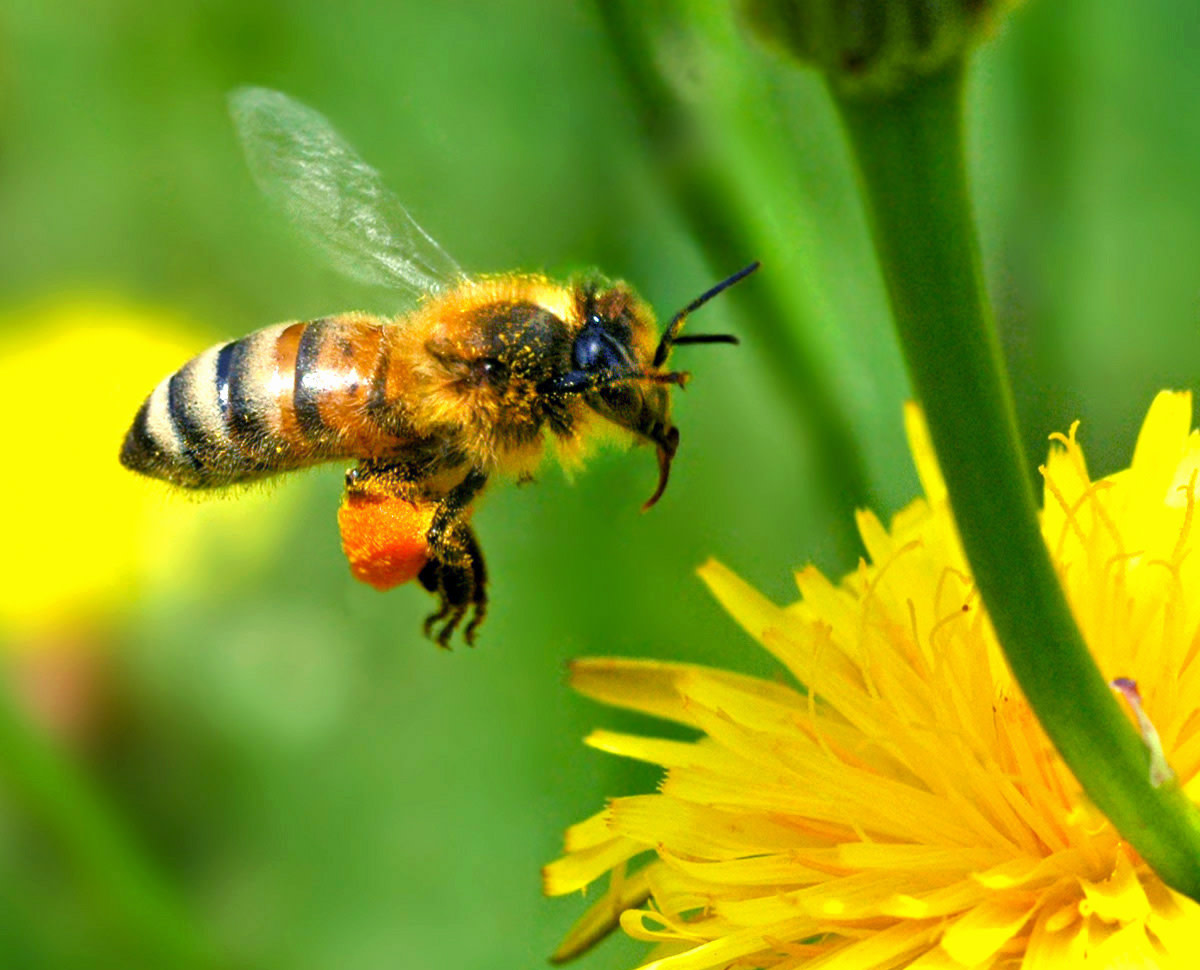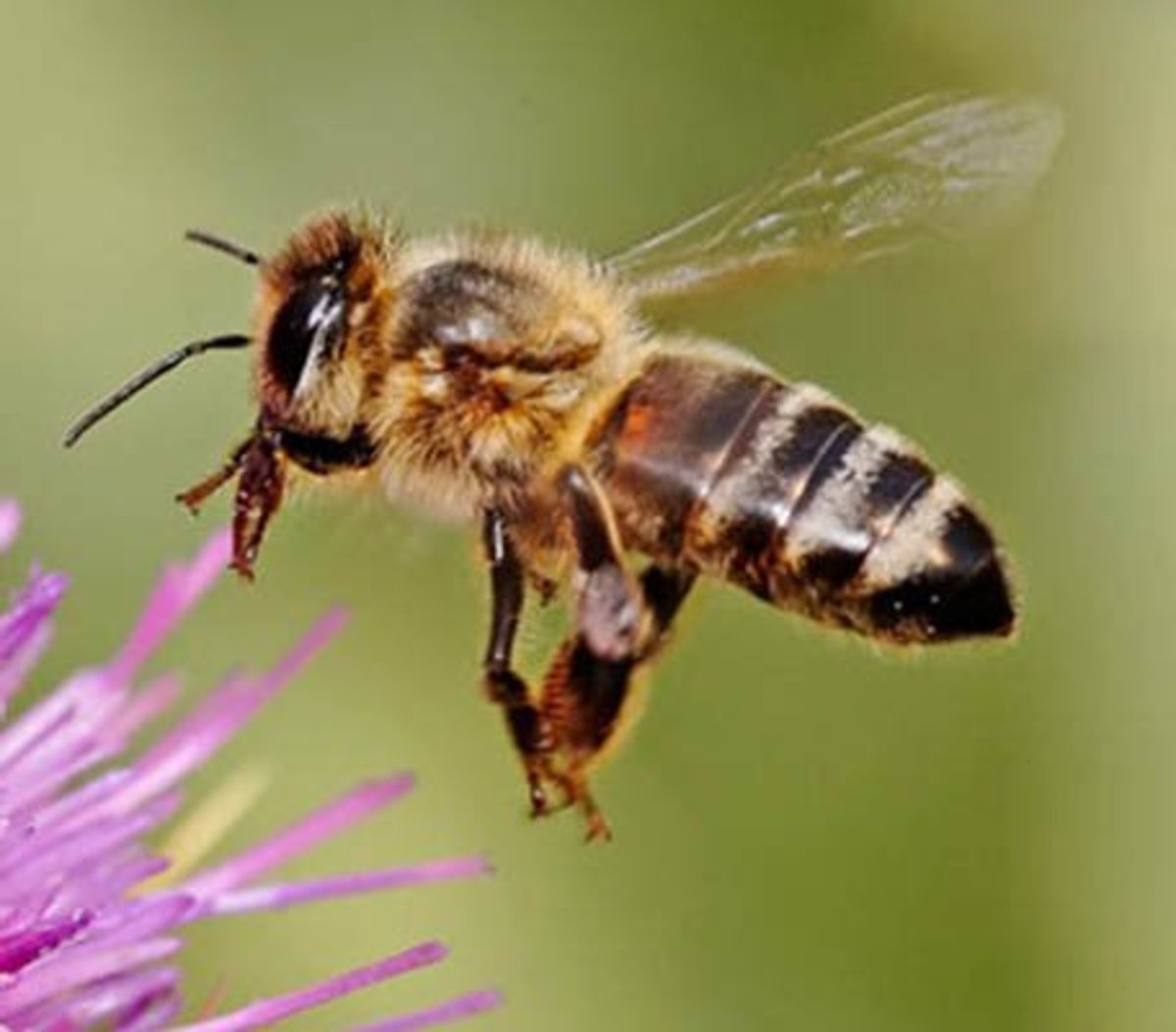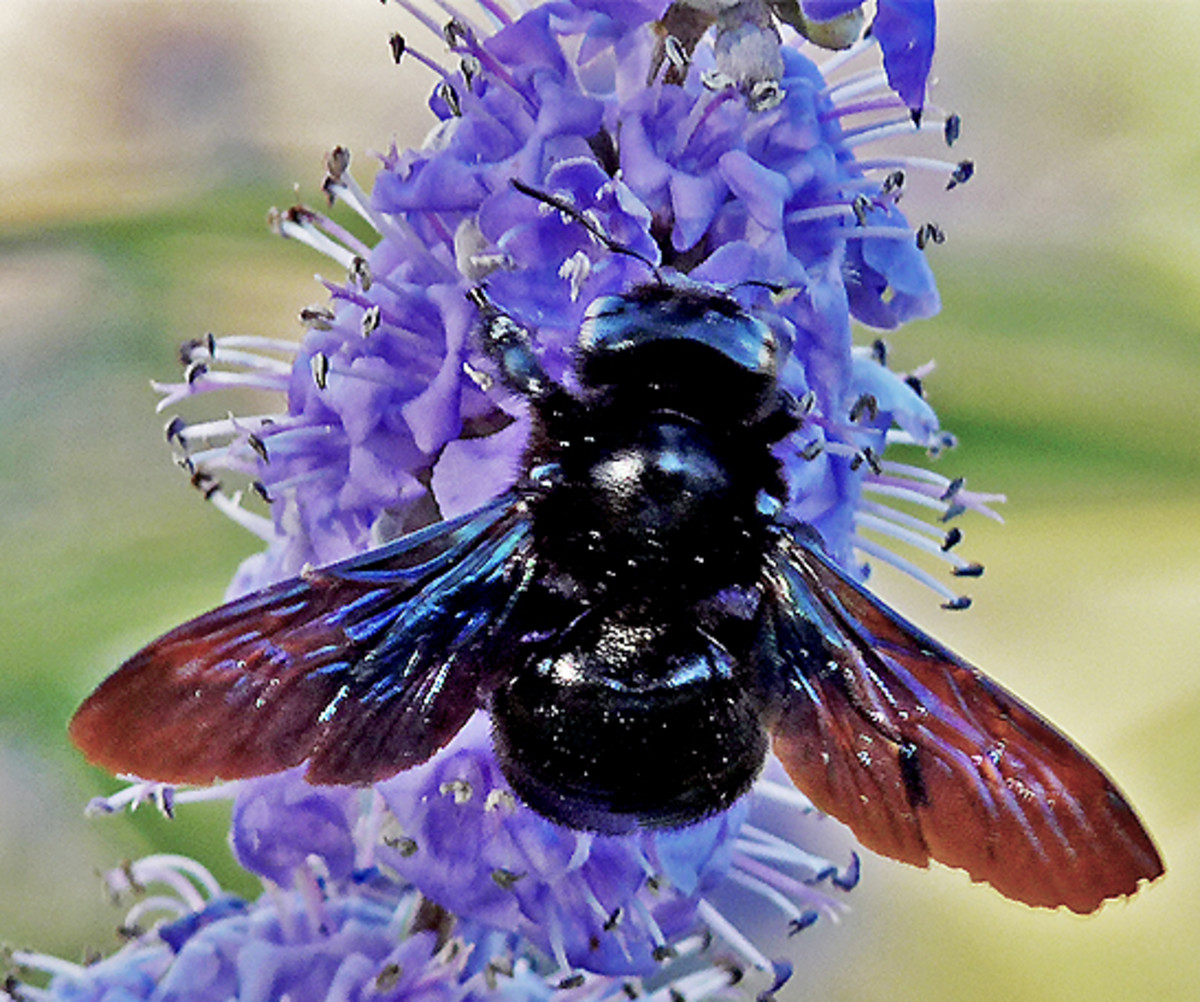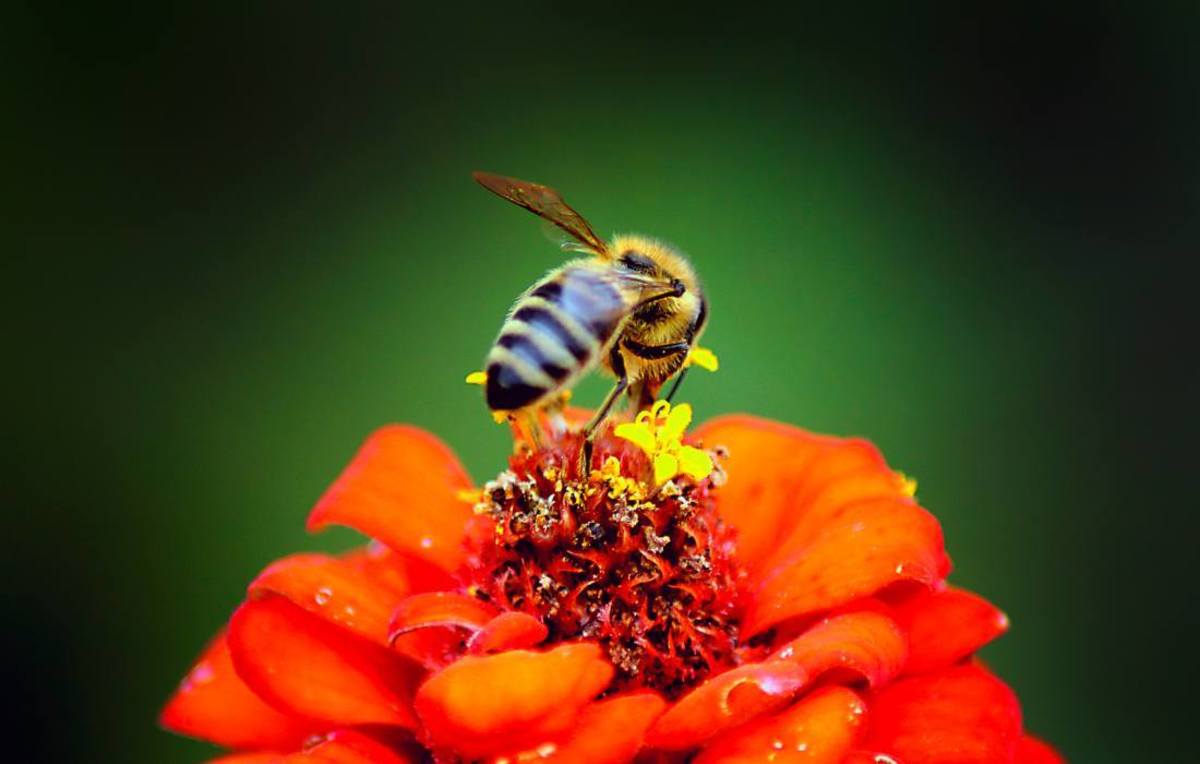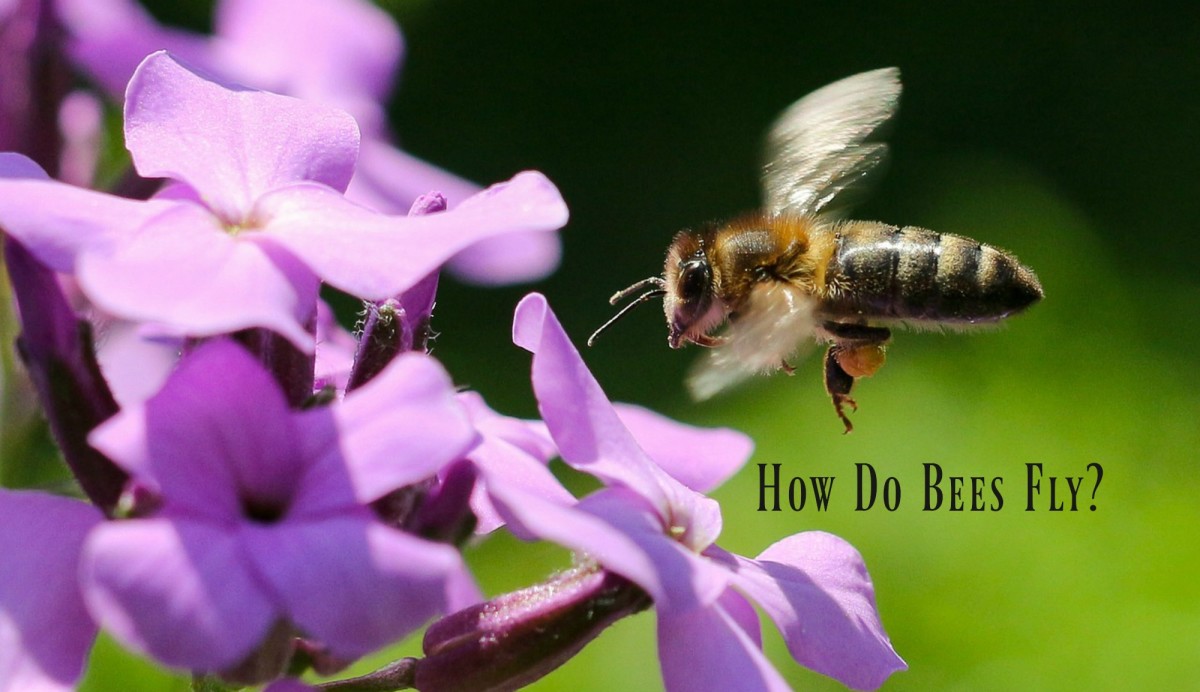The truth about bees
Here is an article I wrote when I was in college:
If I were to talk to you about bees, what would come to your mind? Perhaps you would think of annoying insects anxious to bite you and inject their poison in to you. Or maybe you think of insignificant bugs who just pest us to oblivion. Many would say that the world would be a better place without bees. Others say that bees are a great help to humankind and affirm that most people are annoyed by them due to ignorance. And I have to agree with this third group.
I admit that at first I didnt know much about bees and I still RUN away from them as fast as I can, but I have come to the knowledge that, in fact, without bees, human life will be almost unbearable. Why do I say that? Well, according to wikipedia.org, “it is estimated that one third of the human food supply depends on insect pollination, most of which is accomplished by bees”.
Bees play an important role in pollinating flowering plants and are the major type of pollinator in ecosystems that contain flowering plants. They either focus on gathering nectar or pollen depending on demand and gathering nectar may accomplish pollination, but bees that are deliberately gathering pollen are more efficient pollinators.
Contract pollination has overtaken the role of honey production for beekeepers in many countries. Monoculture and the massive decline of many bee species (both wild and domesticated) have increasingly caused honey bee keepers to become migratory so that bees can be concentrated in seasonally varying high-demand areas of pollination. Without their hard and “behind the scene” work, most of the food we eat and the plant life that we know today, will cease to exist.
The honeycomb is in itself of a marvel of engineering. The hexagonal shape of the cells is ideal for holding the maximum of honey but at the same time ideal for the minimum of beeswax that each cell is made of. When a comb is being built, beeswax is made by special glands in the bee’s body. It oozes trough pores in the body, forming small white flakes. Using its legs, the bee moves the flakes to its jaws. It then chews the wax and places it in the part of the honeycomb being constructed. The walls of the comb are only one third of a millimeter (1/80 in) thick but can support 30 times their weight.
Honeybees build their nest in a variety of places, including trees and rocks. A warm climate and abundance of flowers is suitable for bee population. Bee honey is made from the nectar obtained from flowers and fruit. The color and flavor of honey vary according to the source of nectar. They use their tubular tongues to suck the nectar and it is deposited in one of their stomachs. The nectar is then transferred to another bee that “chews” it for about half an hour.
During the “chewing” process, certain chemicals from the bee’s body are added. Some of the water evaporates from the nectar, and the chemicals transform the nectar into honey. The honey is then placed inside the hexagonal cells of the honeycomb and the bees fan it with their wings to dehydrate. Once the water content is less than 18%, the bees seal the cells with a thin layer of wax. The honey can be conserved indefinitely. Edible honey has been found in tombs of pharaohs that lived about 3,000 years ago!
Honey is easily assimilated by the body and quickly converted into energy. In fact, it is a great source of energy. In theory, a bee can fly around the world with only the energy provided by one ounce or 30 grams of honey! But honey is not only for the benefit of man. Bees produce honey for themselves; it is their main food. A normal hive needs about 20 to 30 pounds of honey to survive winter but in a good season they can produce up to 60 pounds of honey, which allows humans and some animals (like bears) to take advantage of it.
Do not think that because honey is sweet that it is high in calories and sugar. Honey contains natural sugar, has fewer calories than cane or beet sugar, and it was used as a sweetener even before humans came around other types of sugar. Honey is sweeter than sugar and it is 18% water so keep this in mind when using it in recipes or beverages. Honey also has curative properties.
A biblical proverb says: “Pleasant sayings are a honeycomb, sweet to the soul and a healing to the bones” (Proverb 16:24). Honeybee pollen and raw honey are the only food on Earth containing all 22 nutrients needed by mankind for complete and perfect health. Nutrients are needed by humans but we cannot produce it on our own. We have to look for it in foods or supplements. Honeybee pollen contains 28 minerals found in the human body. Each ounce contains 28 calories and only 7 grams of carbohydrates. It is also 25% protein and 15% Lecithin, which burns away fat. Nothing bad about that!
Honey is one of the most ancient medicines known. It is great for the treatment of burns, ulcers, and other ailments. I can go on forever talking about the medicinal attributes of honey.
There are many types of bees, such as the bumblebees, stingless bees, honeybees, and Africanized honey bee. Bumblebees are one of the more important wild pollinators, but have declined significantly in recent decades. Stingless bees are very diverse in behavior, but all are highly eusocial (the highest level of social organization in a hierarchical classification). They practice mass provisioning, complex nest architecture, and perennial colonies. The true honey beeshave arguably the most complex social behavior among the bees.
The European (or Western) honey bee, Apis mellifera, is the best known bee species and one of the best known of all insects. Africanized bees, also called killer bees, are a hybrid strain of Apis mellifera derived from experiments by Warwick Estevam Kerr to cross European and African honey bees. Several queen bees escaped from his laboratory in South America and have spread throughout the Americas. Africanized honey bees are more defensive than European honey bees.
So, what do you guys think of these amazing creatures? Leave me your comments and questions down below. Thank gor reading and see you in the next post.

